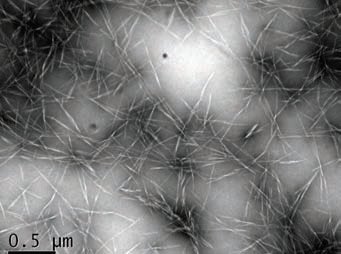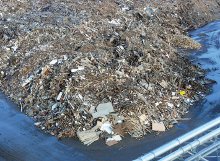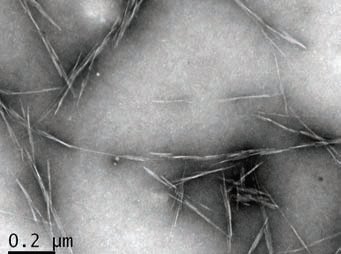A new use for old MDF
14 May 2015MDF has been manufactured commercially since the 1970s and is a great commercial success.
The last MDF survey published by WBPI showed that the installed production capacity around the world has risen to over 94 million m3/year, making MDF the second most manufactured wood based panel in the world after particleboard. MDF is principally used to make furniture and interior fittings and both end-uses have a life span of around 15 years.
Consequently, the amount of MDF arriving at waste disposal and recycling centres is increasing and it is likely to follow the exponential growth seen in installed capacity over the last two decades.
The vast majority of post-consumer wood is converted to particles for particleboard production. When MDF is broken into particles it tends to generate a lot of dust and fibrous particles. These do not contribute much to the mechanical properties of particleboard and they tend to absorb a disproportionate amount of the expensive adhesive that is blended with the particle furnish. Consequently, particleboard manufacturers normally limit the amount of fibreboard products in the recovered wood they receive to about 5% by weight.
What to do with the increasing volumes of post-consumer MDF is going to become an ever more important question because, currently, it does not have any re-use.
Recycling methods have been proposed in literature, such as the Fibresolve™ process which reduced MDF panels to their separate components (fibres and coatings) using pressurised steam, but this method has yet to be taken up by industry.
I am involved in a project that is taking an alternative approach to recycling MDF. The project is called MATIERES and it is exploring the possibility of manufacturing nano-crystalline cellulose (NCC) or nano-whiskers from waste MDF.
As explained in previous issues, wood consists of three main polymer groups: lignin, hemi-cellulose and cellulose.
Cellulose is arranged as long fibrils in wood cells and parts of these fibrils contain regions of crystalline cellulose. The NCC can be made by dissolving away everything else but the crystalline cellulose and this is the method that we are currently using.
Pieces of NCC are very small and can only be seen using an electron microscope (see Figure 2). They have a high aspect ratio, meaning that they are long relative to their thickness.
A high value product, NCC is used to form, among other things, stable gels and emulsions.
It is thought that the high value of the product should compensate for the work required to convert the MDF, thus this route could be economically and environmentally sustainable. The economics of the process can only be finalised once the extraction process is optimised, but we believe that there is a real possibility of converting waste MDF to organic gold.


